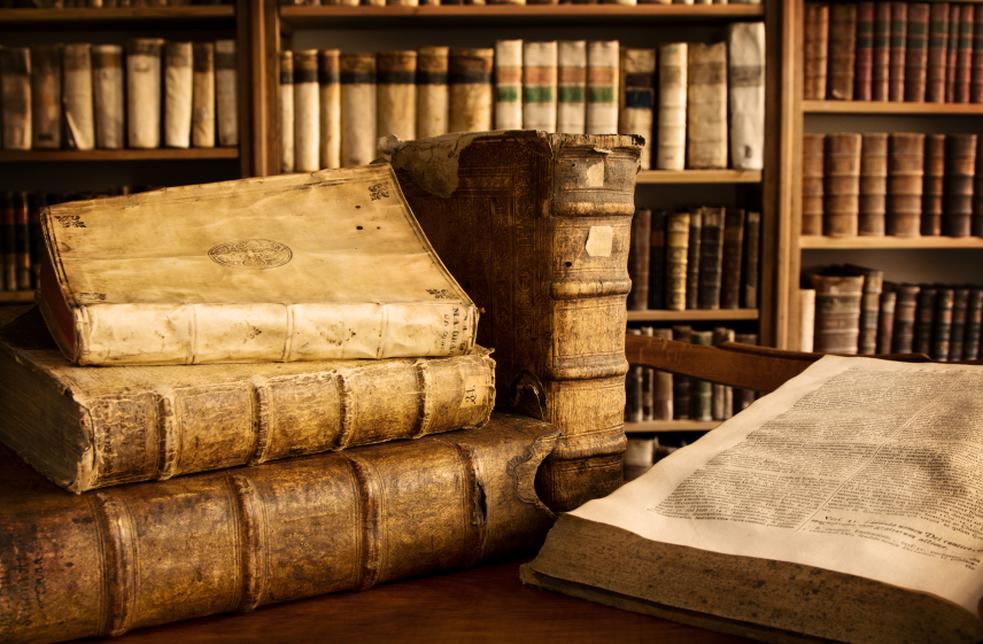The first transparent windows were not made of glass but rather from thin mineral slices like mica or alabaster around Roman times, roughly before A.D. 100. The earliest glass windows appeared around A.D. 100 by the Romans but were thick and mostly opaque, not fully transparent as modern windows are.

Before glass, people used materials such as paper, cloth, or animal hide for window coverings. Wealthy individuals employed thin mineral panes, especially mica and alabaster. These minerals could be sliced thin enough to let in light and offered waterproof protection. Archaeological evidence links mineral window panes to Roman bathhouses, where these panes admitted daylight while preserving privacy and insulation.
Romans pioneered the production of the first glass window panes around A.D. 100. These glass panes were made by casting or blowing methods but did not provide the clarity expected from modern windows. They were thick, uneven in thickness, and mostly opaque. Their main purpose was practical: to block drafts and secure interiors rather than admit clear daylight.

The transparent glass familiar today evolved much later. Roman glassmaking thrived between 1 and 50 A.D. due to advances like glassblowing and trade with eastern Mediterranean artisans. However, truly transparent, thin glass suitable for clear windows emerged about a millennium after Roman times. This improvement allowed windows to function both as light filters and visual portals.
In the 1600s, glass windows were a sign of wealth. Only affluent households installed glass panes, often in key rooms. The rarity and cost of glass led some to remove windows when not in use. Early stained glass, such as those found in St. Paul’s Monastery (A.D. 686), added color but remained a luxury for religious or wealthy patrons.

| Period | Material | Transparency | Usage |
|---|---|---|---|
| Before A.D. 100 | Mica, Alabaster | Somewhat transparent | Wealthy Roman buildings, bathhouses |
| Circa A.D. 100 | Roman Glass (cast or blown) | Opaque, uneven | Draft blocking, security |
| Post-Roman Empire (medieval) | Colored stained glass | Varied, decorative | Church windows, monasteries |
| 1600s | Transparent glass panes | Clearer, luxury item | Wealthy homes, limited rooms |
- The earliest transparent windows were mineral panes before glass windows existed.
- Romans produced the first glass windows around A.D. 100, but they were opaque.
- True transparent glass windows appeared much later, approximately a millennium after early Roman glassmaking.
- Glass windows remained an expensive luxury until the 17th century.
When Were the First Transparent Windows Made? A Journey Through History’s Clear Panes
So, when were the first transparent windows made? The answer takes us all the way back to ancient times, weaving through fascinating materials, Roman innovations, and centuries of brewing craftsmanship. But hold on — these early “windows” didn’t start as the crystal-clear glass panes we know now. They took a winding path, filled with minerals, opaque glass, and heaps of patience.

Let’s embark on this clear-glass quest, peeling back the layers of history to uncover how humans first captured sunlight through transparent barriers.
Before Glass: The Age of Mineral and Organic Window Panes

Surprise! Before folks started blowing glass into panes, windows weren’t exactly… well, see-through. Early humans had to get creative. They used whatever was handy: paper, cloth, and even animal hides. Picture your window covered with stretched-out parchment or treated leather—not very scenic or light-friendly.
But the wealthy had an upgrade: mineral panes. Rocks like mica and alabaster, sliced thin enough to let in light, made a splash in Roman times. These mineral windows were waterproof and partially transparent, letting in a soft, diffused glow instead of harsh daylight. Archaeological digs reveal such panes in Roman bathhouses, showing that translucence was a valued trait even back then.

So, if you ever wondered if Roman baths had the first semi-clear windows, the answer is yes. Mica and alabaster were the OG transparent materials, thinly sliced and cherished for a good reason.
The Roman Twist: First Glass Windows Around A.D. 100

The leap from minerals to glass took some serious innovation. Around A.D. 100, Romans made the first glass windows. That sounds fancy, right? But hold your modern expectations—these panes weren’t the sparkling clear sheets we adore.
Roman glass windows were thick and mostly opaque. The glass was cast or blown but uneven and not intended to let people admire the view outside. Instead, these windows primarily blocked drafts and kept homes safer from intruders.
Think of Roman glass windows as the first version of “privacy glass” without the “privacy.” You could let some light in, but don’t expect a view of the bustling Roman streets.
The Millennia Wait: The Development of Truly Transparent Glass
Here’s where history gets interesting! Despite the Romans’ impressive glassmaking industry (between 1-50 A.D.), truly transparent glass didn’t pop out immediately. Skilled artisans spread knowledge throughout the eastern Mediterranean, improving techniques like glassblowing, which was revolutionary.
But clear glass windows akin to what we recognize today only appeared about a thousand years later. The initial Roman glass, while innovative, was still thick and cloudy. So, if you were hoping to gaze down ancient Roman alleyways clearly through those windows, you would have been disappointed.
This long wait resulted from the challenges in producing uniformly thin and pure glass. The appearance of modern transparent windows coincides with better furnace technologies, refined ingredients, and artistic mastery in the Middle Ages and Renaissance.
Luxury With a View: Glass Windows as Status Symbols in the 1600s
Fast forward to the 1600s: glass window panes finally became more transparent but remained a luxury. They were so prized that only the exceedingly wealthy installed them, often sparingly. Imagine only putting glass in your prized parlor and taking them down when a room wasn’t in use—an extravagant ritual we don’t see today.
Owning glass windows then wasn’t just about light. It was a telling sign of aristocracy and wealth. This exclusivity limited glass windows’ broader use for several centuries.
A Splash of Color: Medieval Stained Glass Windows
Before clear glass fully matured, stained glass windows became artistic and spiritual highlights, especially in churches. Around A.D. 686, at St. Paul’s Monastery in England, there’s evidence of colored glass windows. These windows weren’t transparent in the usual sense—they colored the light dramatically.
Stained glass windows required wealth and skill, often funded by religious institutions, serving as storytelling canvases rather than simple light sources.
Why Does This Matter Today?
Understanding the history of transparent windows offers a window (pun intended) into human ingenuity and desire for comfort and beauty. The progression from mineral slices to opaque glass and finally to crystal-clear panes parallels advances in science and social customs.
Imagine living in a time when windows offered no view, just protection and light filtering. Today, windows shape our experience of spaces, connecting us with the outside world. This reflection makes us appreciate modern glass technologies even more!
In a Nutshell: The Timeline of Transparent Windows
- Pre-glass window panes were made from materials like mica and alabaster; thinly sliced mineral sheets offering partial transparency in Roman times.
- Roman glass windows appeared around A.D. 100 but were thick, opaque, and primarily functional for draft protection.
- Truly transparent glass took nearly a millennium longer to develop, improved by Mediterranean glassblowing techniques and better materials.
- By the 1600s, glass windows became symbols of wealth and status, appearing mainly in aristocratic homes.
- Stained glass, first evident around A.D. 686 in England, added color and artistry but wasn’t necessarily transparent.
Practical Takeaways: How This History Impacts You
Did you know choosing window materials still matters today for light, privacy, and energy efficiency? Modern glass owes its past to mineral panes and Roman innovators. So when you look through your crystal-clear pane, you’re actually tapping into thousands of years of scientific progress.
Next time you spot a medieval cathedral’s stained glass, admire not just its beauty but its place in the window evolution. And maybe consider that some luxury remains; energy-efficient, smart glass isn’t for everyone yet!
Windows may seem mundane, but their history is rich, colorful, and, well, transparent—if you know where to look.
“Glass windows are more than just barriers; they are storytellers of human progress, from mineral wonders to the sparkling modern panes we take for granted.”




